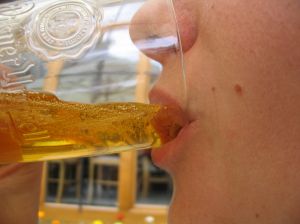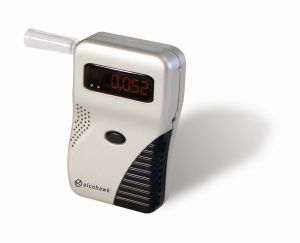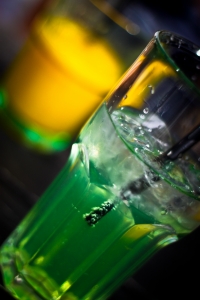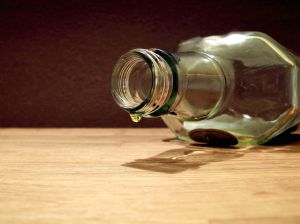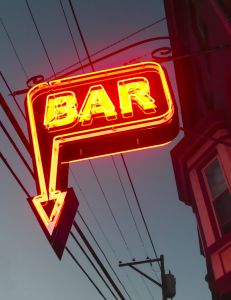Drinking just one drink too many can have devastating consequences when someone gets behind the wheel and drives drunk. Unfortunately, the more alcohol you consume and the more intoxicated you are, the more likely you are to make a bad decision about driving and the more impaired you will be if you do decide to operate a vehicle. 
This is why a recent study showing that found more than half of all college women exceed their weekly drinking limits is cause for such concern. Our Boston drunk driving accident lawyers know that binge drinking can be deadly. Unfortunately, recent information indicates that frequent drinking and over-drinking are both common, especially among young college women.
Binge Drinking a Serious Problem Among College Students
In 1990, the National Institute on Alcohol Abuse and Alcoholism set maximum weekly guidelines for drinking, suggesting that men should drink no more than four drinks each day and fourteen drinks each week. Women, who have a lower threshold for drinking alcohol before experiencing problems, were advised to limit their drinks to three drinks each day and to seven drinks total over the course of the week.
Unfortunately, college students tend to greatly exceed these guidelines. As USA Today reported, two-year study conducted by a Harvard Medical School professor and published in Alcoholism: Clinical & Experimental Research, revealed that women are much more likely to exceed their weekly alcohol consumption guidelines than men.
The study followed 992 college freshman and observed their drinking habits. Researchers found that, of the students who consumed at least one drink over the course of their freshman year, 60 percent of the men and 64 percent of the women exceeded the weekly guidelines at least one time.
This study follows on the heels of an earlier CDC study released this year that warned about increasing amounts of binge drinking among women and girls. The CDC described binge drinking among women and girls as an “under-recognized problem,” and as an alarming trend.
Staying Safe From Drinking Accidents and Injuries
College students who drink too much can face many risks. Drunk driving accidents are one potential consequence of binge drinking or consuming too much alcohol, but kids can also be at risk of other injuries including alcohol poisoning, falling when intoxicated, or sexual assault. Sexual assault is especially a problem among women, many of whom this recent study shows are drinking more than they should.
College are doing everything possible to cut down on drinking on campus, including monitoring tailgating parties; hiring additional security and adding more Friday classes to reduce Thursday night drinking.
Yet, as long as students continue to drink, they will be potentially at risk. College students should make a commitment to drink in reasonable amounts, to avoid binge drinking and- even if they do have a few drinks too many- to never ever drive intoxicated.
Continue reading
 Boston Drunk Driving Accident Lawyer Blog
Boston Drunk Driving Accident Lawyer Blog




